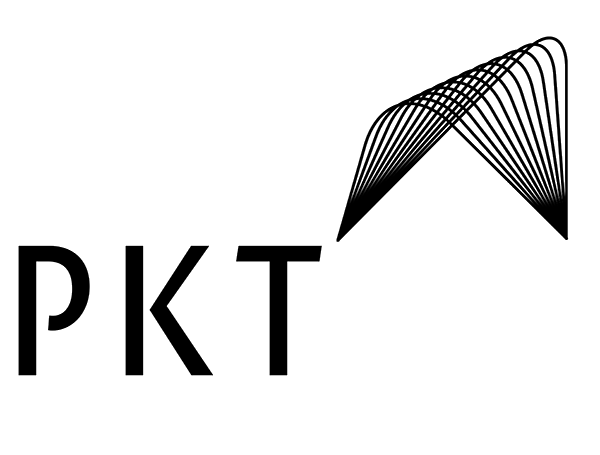
Blended Learning for Top Executives in 2023
We live in an era of continued technological advancement. With advances come changes, and in the realm of executive education something in particular has become more prominent. In 2023, blended learning for top executives is an increasingly popular option for professionals looking to gain deeper knowledge and a competitive edge.
Blended learning, defined as a combination of traditional classroom instruction and technology-mediated learning, offers an array of benefits unavailable through any one of these learning mediums alone. By providing a mixture of self-directed and instructor-directed instruction, executives are able to stay informed on the latest trends, gain access to critical know-how, and develop important skillsets.
Utilizing learning technology designed for the executive environment, top executives can benefit from the ‘blend of experience’ that only a mixed-methods approach can provide. Through the integration of digital interaction, visuals and videos, learning activities and interactive materials, participants have the opportunity to engage in learning experiences of varying complexity, depth and type. Working in groups, they can apply their learning with face-to-face dialogue while simultaneously augmenting the experience with digital tools and exercises.
A blended learning approach also opens the door to unique opportunity for global access. Executive education programs now offer more location options, previously unimaginable, and individuals have the potential to join immersive learning sessions without leaving their current work environments. Additional advantages of blended learning include improved scalability and flexible delivery times, allowing customers to depend on high-quality training with the organization providing reliable, consistent service.
For executives seeking to enhance their knowledge and course of action, blended learning is the perfect solution. Top executives can combine the best of both worlds in the 21st century: instructor-directed instruction, self-directed exploration, and modern technology. Blended learning is the perfect way for executives to stay ahead of the game, apply their knowledge and gain an understanding of the executive landscape in 2023.
Challenges to Blended Learning for Executive Training
Blended learning is an increasingly popular methodology for training executives, as it combines the advantages of both traditional face-to-face training as well as modern technology-driven solutions. However, it is not without its challenges, particularly for organizations hoping to employ a blended learning approach for the first time. In this article, we will explore some of the most common challenges when trying to implement a successful blended learning approach for executive training.
Challenge 1: Finding the Right Content
The first challenge when utilizing a blended learning approach is to find appropriate content that is usable and engaging. The content must be tailored to the specific skills or objectives of the executive training program while also delivering an experience that is enjoyable and productive. This requires the content to be carefully curated and the most up-to-date materials and strategies must be used to ensure the maximum benefit for executives.
Challenge 2: Understanding Technology
The second challenge when introducing a blended learning approach is to understand the technology required to take advantage of it. Technology is constantly changing, and instructional designers and trainers must be aware of the newest developments and industry trends. This includes finding the right software, getting training on how to use it, and working with IT teams to ensure the technology is set up properly and securely. It is equally important to understand the human factor involved in technology — an engaged and enthusiastic trainer will always be the driver in getting the most out of technology-driven approaches.
Challenge 3: Setting Clear Learning Objectives
The third challenge is to set clear learning objectives before any executive training begins. For blended learning to be successful, there must be a set of well-defined goals in order to measure progress effectively. Clarity helps to ensure that the blended learning program is designed in a holistic manner and that every aspect of it is aligned with the overarching objectives. With a clear goal in mind, the trainers can focus their efforts and resources on teaching the right skills and providing the right support for successful executive training outcomes.
Challenge 4: Establishing Engaging Learning Experiences
The fourth challenge is to create engaging learning experiences for executives. As the content itself is often digital and the sessions remote, the learning experiences must involve more than simply reading material and taking quizzes. A truly engaging approach to blended learning requires a combination of interactive activities and simulations, as well as providing various avenues of communication such as one-to-one coaching, group discussions, and dedicated discussion forums. This helps executives build connections with other professionals and develop a sense of community essential for successful and rewarding training experiences.
Applying Blended Learning to Executive Level Training
Blended learning is an educational strategy used to combine traditional face-to-face instruction with the use of educational technology such as online learning, lectures, and hands-on activities. Blended learning can be used to create an effective and engaging training program for executives. This allows executives to learn and practice new skills while also taking advantage of the flexibility that an online learning platform offers.
Advantages of Blended Learning:
The primary advantage of using blended learning with executive level training is the ability to create a custom-tailored learning experience for each learner. Instructors can use a variety of different strategies to teach the same material, providing multiple opportunities for reinforcement and mastery. For example, an instructor may choose to introduce a concept verbally during a face-to-face session, Video Conferencing, and then post online resources for further exploration. This approach allows for more comprehensive comprehension of the material, greater retention, and longer-term application of the new ideas.
Another advantage of blended learning is allowing executive participants the flexibility of completing courses from any location, at any time. Executives who need to travel frequently can still keep up with their training while they’re on the road. Additionally, blended learning can help to reduce the costs associated with travel and lodging as well as save time which would otherwise be spent commuting.
Finally, blended learning allows for real-time collaboration with other executives and instructors. Course content can easily be shared and discussed between peers, fostering a greater understanding of the material and allowing the learner to benefit from different perspectives.
Conclusion:
Blended learning has become an increasingly popular approach for executive training, as it provides the flexibility and customization necessary to provide the greatest benefit to executive participants. By combining online learning with traditional face-to-face training, executives can access more comprehensive comprehension of the material as well as reduce costs and save time. Furthermore, blended training allows for real-time collaboration with other learners and instructors. Therefore, blended learning should be considered a useful solution for any executive level training program.
Talk to us about planning your next Management Retreat
Leadership retreats for executives




